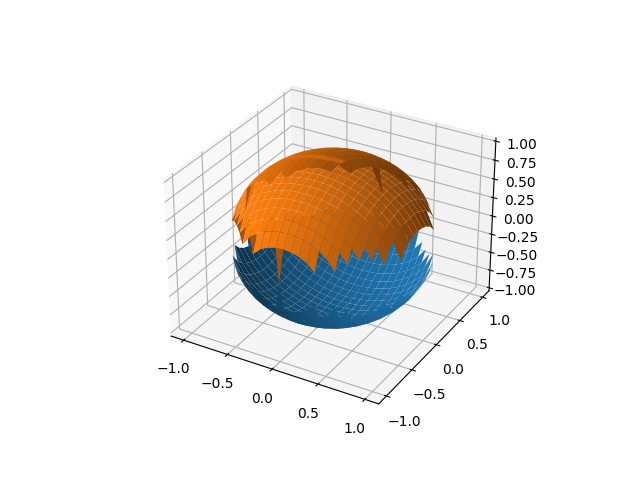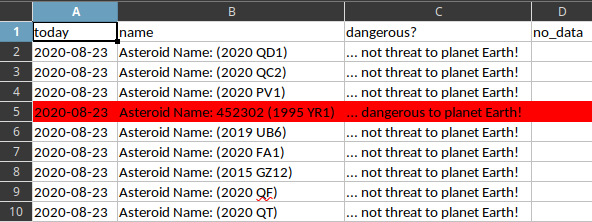Python introduces two new operators for dictionaries named union used in code with pipe operator | and in-place union used in python code with this |=.
I this tutorial I will show you how can be used:[mythcat@desk ~]$ python3.9
Python 3.9.0 (default, Oct 6 2020, 00:00:00)
[GCC 10.2.1 20200723 (Red Hat 10.2.1-1)] on linux
Type "help", "copyright", "credits" or "license" for more information.
>>> step_one = {"worker_one":"task_one", "worker_two":"task_two"}
>>> step_two = {"worker_three":"task_one", "worker_fouw":"task_two"}
>>> merged_step_one_step_two = {**step_one, **step_two}
>>> empty = {}
>>> empty |= step_one
>>> empty
{'worker_one': 'task_one', 'worker_two': 'task_two'}
>>> step_one
{'worker_one': 'task_one', 'worker_two': 'task_two'}
>>> step_two
{'worker_three': 'task_one', 'worker_fouw': 'task_two'}
>>> all = step_one | step_two
>>> all
{'worker_one': 'task_one', 'worker_two': 'task_two', 'worker_three': 'task_one', 'worker_fouw': 'task_two'}
>>> copy_step_one = empty | step_one
>>> copy_step_one
{'worker_one': 'task_one', 'worker_two': 'task_two'}
>>> copy_step_one |= [("manager", "steps")]
>>> copy_step_one
{'worker_one': 'task_one', 'worker_two': 'task_two', 'manager': 'steps'}
>>> numbers = {0: "zero", 1: "one"}
>>> numbers_one = {0: "zero", 1: "one"}
>>> numbers_two = {0: "zero", 2: "two"}
>>> numbers_one | numbers_two
{0: 'zero', 1: 'one', 2: 'two'}
>>> numbers_two | numbers_one
{0: 'zero', 2: 'two', 1: 'one'}
>>> numbers_three = {0: 'zero', 11: 'error 1', 22: 'error 2', 33:'error 3'}
>>> numbers_three | numbers_one
{0: 'zero', 11: 'error 1', 22: 'error 2', 33: 'error 3', 1: 'one'}
>>> numbers_one | numbers_three
{0: 'zero', 1: 'one', 11: 'error 1', 22: 'error 2', 33: 'error 3'}



